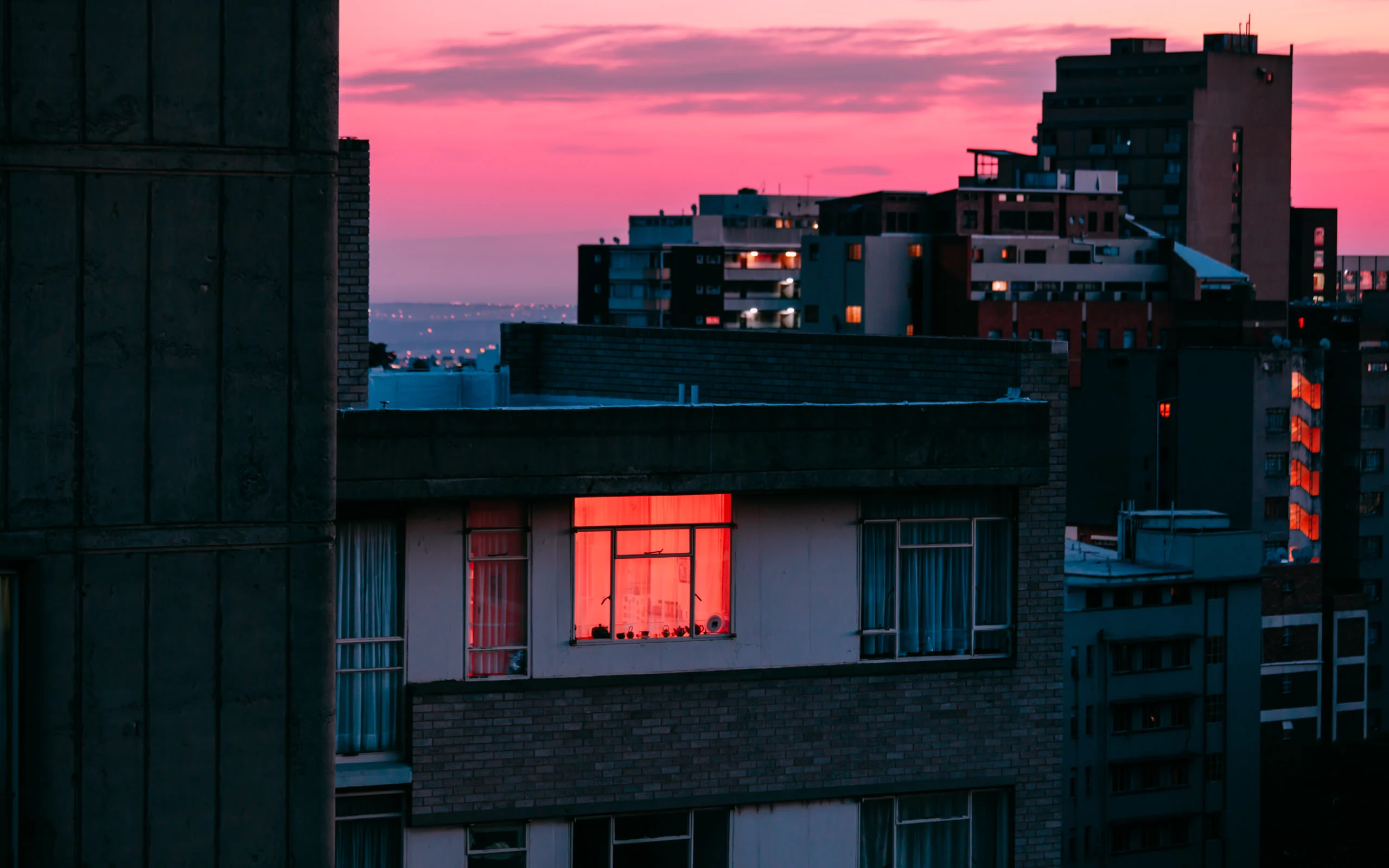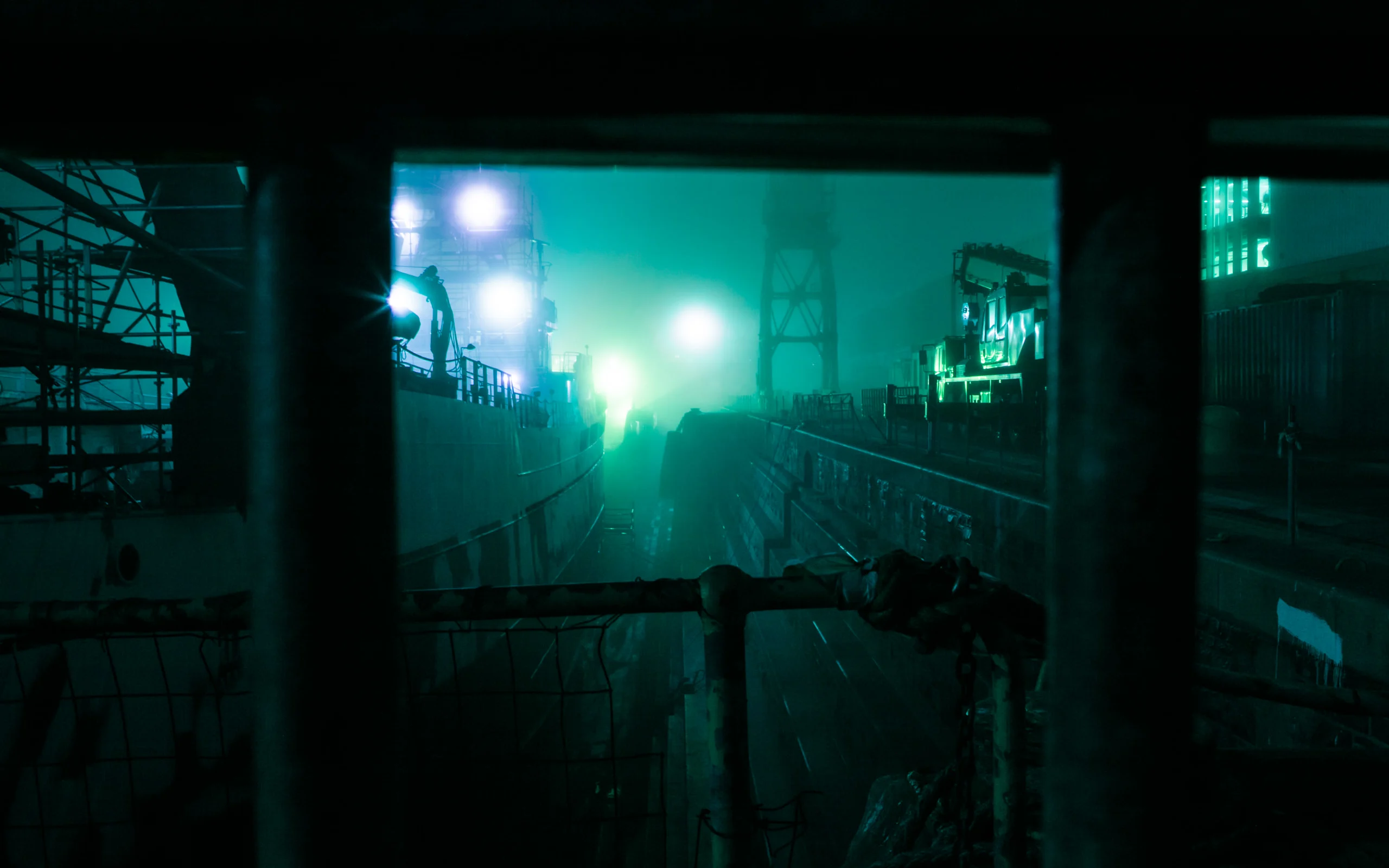

Young photographer Elsa Bleda has most likely lived in more places in the world than many people. As a stranger in the night, she explores the cities she calls home, shedding a light on the abandoned nightscapes she encounters. We spoke to Elsa about the influence of traveling on her photographic eye, her predilection for the night and the role of film in her work.

You’ve lived all over the world – how has this influenced your photography? What’s been the most interesting place for you to photograph?
I have had quite a few journeys and some residencies in Europe and in Africa. I think if you travel a lot and meet different cultures during your childhood and youth, you do develop a different eye. You are constantly aware of your surroundings, you are observing the changing scenery. Lights, colors, shapes. Every single place you live in adds something new to your mind, feeding your creativity. The most interesting place to photograph for me is Johannesburg, the city where I currently live. I’ve never seen a place that’s so mysterious.
The night seems of particular appeal to you. What makes you want to capture the night?
All strange things happen at night. As Rupert Brooke once said: “Cities, like cats, will reveal themselves at night.” And we are strangers to the dark. We don’t quite explore it, we find ways to live around it. We sleep which is a very strange concept itself. I like the quietness and this mystery of city nights, the stories each corner and street create and I love the feeling of photographing a city that seems abandoned, between the waking and sleeping state of mind.
Your photos seem to have a filmic nature – what role does narrative play in your work?
My work often contains narrative possibilities rather than a narrative. I do have common themes and an atmosphere in my images; I usually focus on the moments and the places that inspire me then let the story grow itself as I start shooting. I like leaving it to the audience’s imagination and the possibility for a narrative to live a life on its own.






